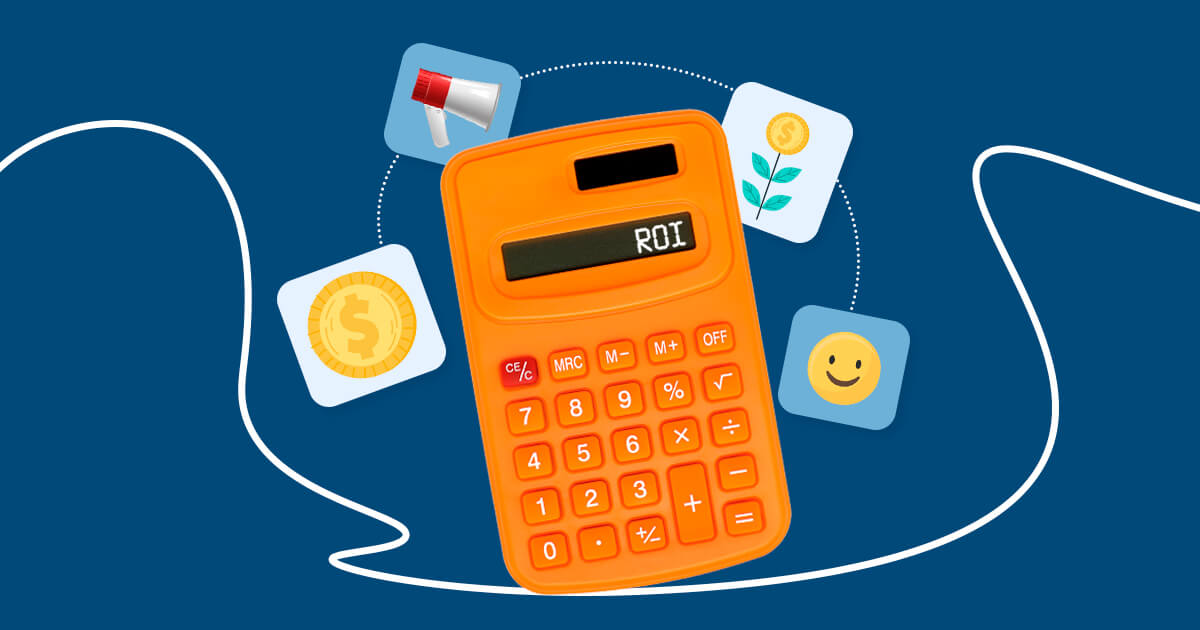Why this rate is difficult to calculate
The ROMI formula is pretty simple. However, according to the survey by Uptempo, 61% of marketing leaders struggle with calculating ROIs because they’re not confident about the data. Why is that? There are many factors — let’s investigate.
Attribution
You had a huge fight with your best friend — but then you remembered that Mercury is in retrograde, so that’s the reason. However, even in science correlation doesn’t mean causation. If two events occurred consecutively or simultaneously, it doesn’t mean they’re connected in any way.
When it comes to calculating marketing ROI, you might face the same problem. For example, imagine a makeup store that saw a surge in sales during the International Women’s Day. What was the reason — the holiday that naturally increases expenses on certain items or the efforts of the marketing department?
Uncontrollable variables may mess up with your data. Holidays increase sales or, for example, an unprecedented crisis may lead to panic buying or saving money on non-essential items. So, increasing or decreasing sales might not always be your fault or achievement — it’s hard to link these fluctuations directly to marketing campaigns.
Long-term value
Not all marketing channels work right away. For example, it may take up to a year for content marketing to substantially increase traffic and sales. In comparison, according to the survey by Morning Score, the first SEO-fueled traffic increase can be seen after 6 months — but it takes up to 24 months to start working in its full power. And in the case of Pay-Per-Click ads, most sources claim that it takes 2–3 months for them to show significant financial results.
Now imagine a small business that only started investing in marketing — they didn’t even have a website until now. How can a company like this calculate ROIs? And can they assume that their marketing strategy is inefficient after just one month of active promotion?
Unmeasurable value
Finally, not all marketing is about sales as the end goal. For example, awareness campaigns aim at drawing public attention to the brand, increasing its recognition, and creating a positive image. Think Coca-Cola’s Christmas Eve commercials.
Campaigns like these don’t increase sales directly. However, without them, it’s impossible to sell. Awareness is the first step of the sales funnel. Awareness campaigns, in turn, create leads that will convert to sales — just not all of them and not right now.
Another example is marketing campaigns that aim at increasing brand loyalty. Campaigns like these build relationships with existing customers using channels like email newsletters. Loyal customers buy more from you later. However, loyalty by itself is not a metric that can be calculated or directly linked to money.
Does all of that mean that ROMI is an unreliable metric and you shouldn’t use it? Not really — you can still get a good approximation and these issues are all manageable. Here’s how:
- Use better tracking methods to fix the attribution problem.
- While evaluating, combine ROMI with other metrics like Cost-Per-Lead or conversion rates to get a more detailed picture.
- Set more realistic goals if you only started promoting a new business and don’t jump to conclusions if you didn’t see a 1,000% ROMI after the first month.
















